The idea for a trail that runs across the country from coast to coast to coast was hatched in 1992 as a unique way to celebrate Canada’s 125th year since Confederation.
Twenty years later, the Trans Canada Trail is 73 percent completed, thanks to the hard work and dedication of thousands of Canadians—many of them volunteers.
When completed, it will stretch 22,500 kilometres from the Atlantic to the Pacific to the Arctic Oceans, through every province and territory, making it the world’s longest network of trails.
This year marks the twentieth anniversary of the beginning of the ambitious project, which is made up of close to 400 individual trails, all with their own unique features.
The goal is to connect the trail as a continuous route by 2017, Canada’s 150th anniversary. That means 6,500 kilometres have yet to be built—much of it in unpopulated areas with difficult terrain.
But it’s a challenge Trans Canada Trail president and CEO Deborah Apps says can be met, given the gusto with which the project has been embraced so far.
“This is the largest volunteer initiative in Canada’s history, because there have been so many people on the ground working in support of this project over the last 20 years,” says Apps.
“We’re challenged with some pretty tough terrain right now and that will be our challenge for the next five years, but we have great volunteers and we are really seeing a lot of very positive community support.”
Apps says she envisions the trail being used to connect families and communities, and enrich the lives and wellbeing of all Canadians. From cross-country skiing in the winter to horseback riding in the summer, the trail can be used in an endless variety of ways.
“It’s all about health and well-being—the physical and spiritual,” she says.
“Eighty percent of Canadians live within 30 minutes of the trail, so if you think about it that way … it’s absolutely very positive for communities.”
From Horseback Riding to Snowshoeing
The trail’s “Greenways Vision” promotes non-motorized uses of the network, mainly designed for hikers/walkers, cyclists, horseback riders, and canoeists/kayakers in summer, and cross country skiers, snowshoers, and snowmobilers (on select portions) in winter.
The Trans Canada Trail website has maps that guide users to their nearest piece of the trail, and provides details on what kind of terrain and features to expect.
“Is this a good equestrian trail? Is it good for cycling? Is it paved? Gravel? Will I be able to pull my children behind in a chariot? All of those things are available for visitors to the website to understand the kind of experience they’re going to get on the trail,” says Apps.
The trail is funded by corporations, all levels of government, and through public donations. It will take approximately $100 million to finish the remaining portion.
Over the past 20 years, more than 125,000 Canadians have donated towards building the trail and anyone can sponsor a portion for as little as $5. Apps says the organization is trying to decide how to recognize those who have contributed to the trail.
“There are hundreds of thousands of Canadians, maybe millions [involved], and so we have to come up with a plan where we will recognize how people have given and what they’ve given.”
She says both Canadians and tourists from around the world are already planning to use the trail in creative ways.
One family is planning to travel a different portion of the trail every year, and another is organizing a “cousvention,” where cousins from different areas of Canada plan to meet along the trail.
Some athletes have also contacted Apps to organize trips to raise money for various charities.
“It’s starting to really take root in people’s psyche about what they can experience on the trail and what it can be used for,” she says. “There are portions of the trail that deliver a remarkable experience.”
The Epoch Times publishes in 35 countries and in 19 languages. Subscribe to our e-newsletter.
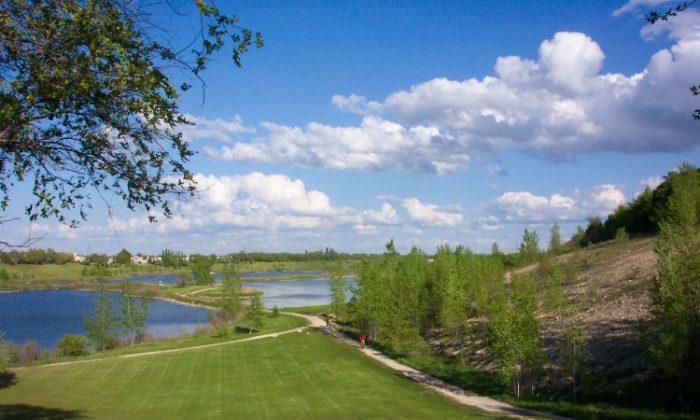
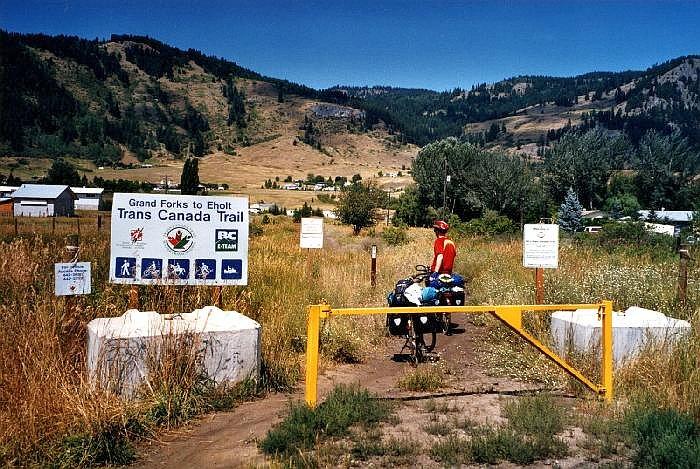
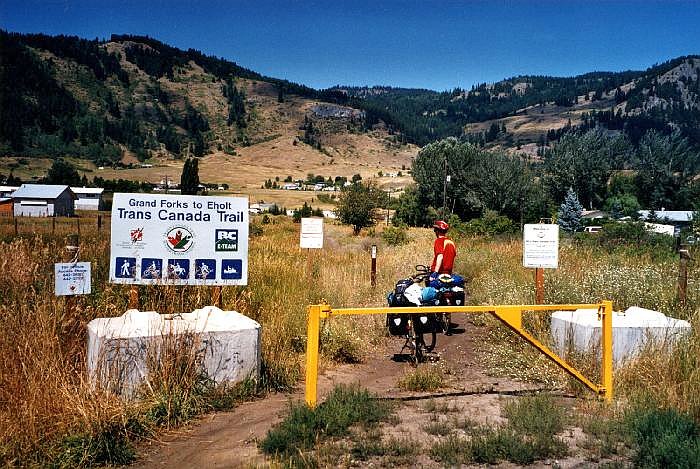
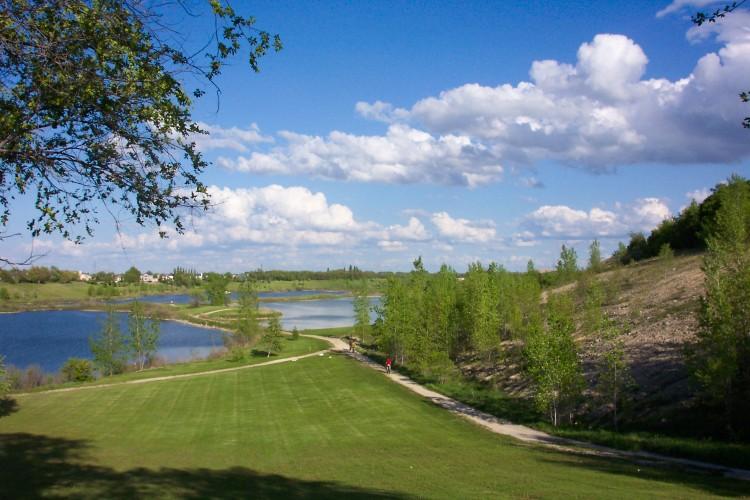
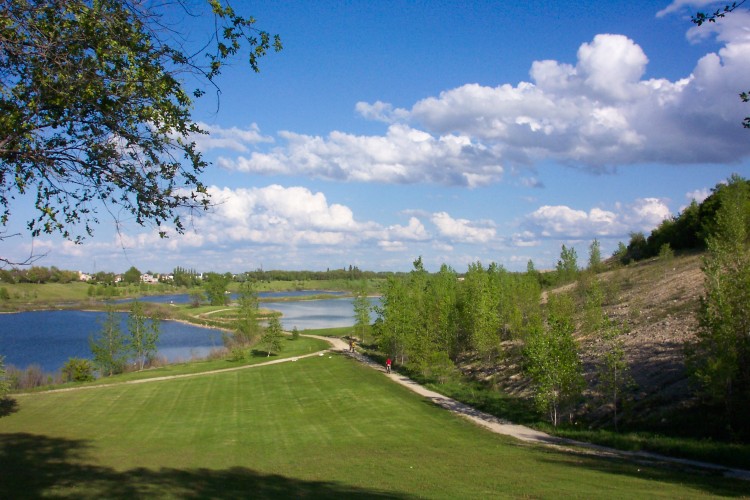




Friends Read Free